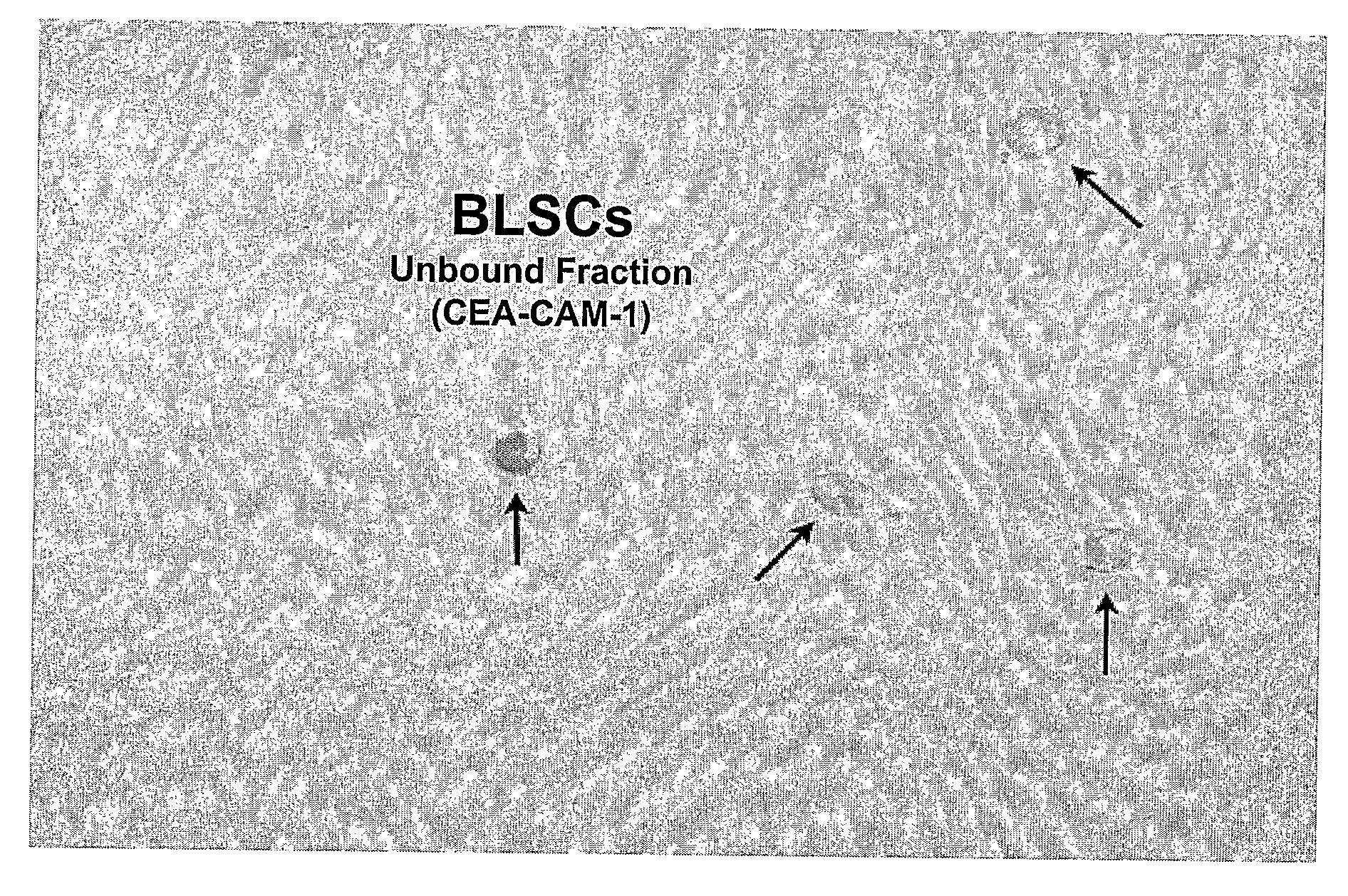Non-Embryonic Totipotent Blastomere-Like Stem Cells And Methods Therefor
a technology of blastomere-like stem cells and stem cells, which is applied in the field of stem cells and reagents, can solve the problems of inability to demonstrate the totipotency of isolated stem cells, limitations on their usefulness, and ethical controversy
- Summary
- Abstract
- Description
- Claims
- Application Information
AI Technical Summary
Benefits of technology
Problems solved by technology
Method used
Image
Examples
Embodiment Construction
[0024]The inventors have unexpectedly discovered that totipotent stem cells can be obtained from a mammal, and particularly from human, wherein such stem cells have blastomere-like character and wherein the stem cells are isolated from a portion (e.g., biopsy) of the mammal or human without killing the mammal or human. Typically, such blastomere-like stem cells are isolated from connective tissue of a post-natal (most typically adult) mammal / human and are less than 1 μm in size in the unfixed state. It should be particularly appreciated that the stem cells according to the inventive subject matter can give rise to germ line progeny, including spermatogonia.
[0025]The term “post-natal” as used herein refers to a stage in development of an organism after birth (which may also include premature birth (i.e., at least 60% of normal gestation)). Most typically post-natal stem cells according to the inventive subject matter are isolated from an adult, but earlier stages (e.g., prepubescent ...
PUM
| Property | Measurement | Unit |
|---|---|---|
| size | aaaaa | aaaaa |
| temperature | aaaaa | aaaaa |
| size | aaaaa | aaaaa |
Abstract
Description
Claims
Application Information
 Login to View More
Login to View More - R&D
- Intellectual Property
- Life Sciences
- Materials
- Tech Scout
- Unparalleled Data Quality
- Higher Quality Content
- 60% Fewer Hallucinations
Browse by: Latest US Patents, China's latest patents, Technical Efficacy Thesaurus, Application Domain, Technology Topic, Popular Technical Reports.
© 2025 PatSnap. All rights reserved.Legal|Privacy policy|Modern Slavery Act Transparency Statement|Sitemap|About US| Contact US: help@patsnap.com



